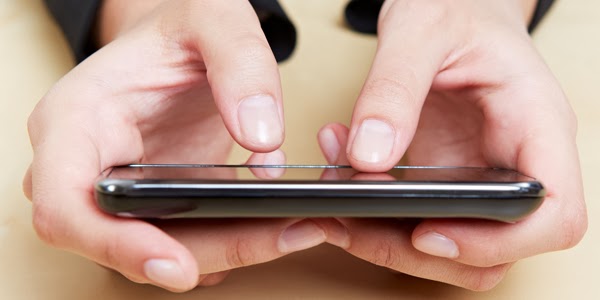Sujay Verghese was shocked to receive a bill of Rs 4,500 towards his tablet’s 3G (third-generation service) data charges. He had opted for a 2GB plan costing Rs 350 a month. “For the initial months, I did not use much data,” he says. Then he downloaded a few movies a month, crossing the 2GB limit, and his bill shot up to Rs 4,500.

Experts say Verghese made the classic data-surfing mistake many make. Being a high-speed service, 3G behaves differently from the traditional 2G. Here are some facts users should know:
3G is faster than 2G
Telecom operators offer attractive schemes, making 3G data rates cheaper than those of 2G. Reason: since data downloads faster in 3G networks, one tends to consume more data than one would under a 2G network. Subscribers who were earlier consuming less than 1 GB of 2G data a month would consume three times that quantity under 3G.
WAYS TO LOWER YOUR BILL
- Use messaging apps to share pics, videos, which use less data
- Do not download or upload when net connection is slow, as it uses extra data
- Phablets & tablets support HD content, which uses more data
- Remember the dates when special data offers expire; pay-as-you-go is much more expensive
- Always take high data usage for large-screen handsets where usage tends to be higher
“I assumed that if I used 4GB on my 2GB plan, I would pay twice as much. However, I ended up paying five times as much as I did not know how much they cost,” says Verghese.
Experts caution not to fall for sweeteners in 3G data plans and that these can prove very expensive. “There are basic plans but heavy content usage is very costly, especially video streaming and downloading,” says Baburajan Kizhakedath, editor of TelecomLead. Pre-paid users can try and start with sachet packets and monitor their own consumption patterns. “But, for post-paid users, it will be very tough,” he says.
High-definition video, aesthetically appealing for new-age smartphones, is also a data burner. Many handsets, as well as operators, offer their own applications, where they allow users to download and surf for exclusive content such as Bollywood songs. An HD song uses up three times as much data as a normal song, making it very expensive.
Large-screen woes
Subscribers with tablets, phablets and large-screen handsets invariably consume heavier data than those who use handsets with smaller screen size. “I would consume less than 1 GB of data on my handset. But when I shifted the same SIM card to my tablet, I ended up watching a lot more videos than I did on my handset. I realised it much later,” says Verghese. Many users fall into the large-screen trap.
Take, for instance, the case of Priyanka Nambudiri. She gifted a tablet to her mother, who started chatting with her sister in the US via Skype. The conversions ranged between 30 minutes and one hour. Nambudiri got a bill of a whopping Rs 9,000.
Experts advise heavy video usage only on wi-fi with landline or cable-based Internet connections, which are at least 10 times cheaper.
High-speed data networks are in their infancy and many do not offer good, seamless connectivity. “Static data downloading is also not seamless in experience. This is also one reason why data downloading and usage increase exponentially,” explains Baburajan. If a subscriber is trying to upload a video on YouTube and the connection fails after 10 minutes, it would force the person to try again. In this case, the data consumption cycle starts again, resulting in consuming more data than needed.
Experts say subscribers should go for the most reliable 3G network provider to save money. To add to the woes, one doesn’t really get to experience the data speeds promised by service providers. Baburajan points out that service providers always offer speeds up to a certain level, which doesn’t mean it will be that much all the time. As the surfing speed varies, it affects the downloading and uploading of content, he says.
Some smartphones don’t have the option of switching off an application even after exiting that app. So, the app keeps running in the background, consuming data. “There are some operating systems that also keep updating some of their applications. Since they can’t be switched off, they will keep consuming data,” says Baburajan.
Some pre-downloaded applications on handsets don’t require the user’s permission to update. Such applications, which get updated automatically, are tough to stop. These include location services, maps and even browsers. The updated versions of these apps are also installed without seeking the user’s permission. Handsets with live tiles, where social networking feed constantly updates with new notifications, also consume a large amount of data.